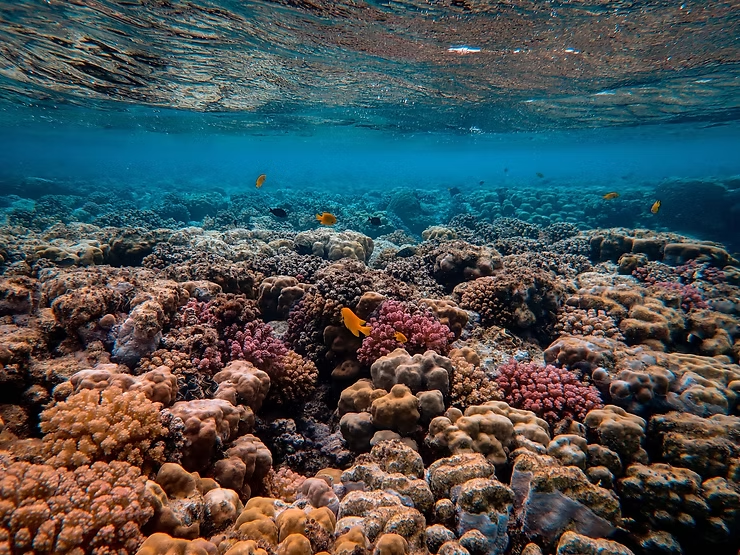Tourism and Its Impact on Coral Reefs
The impact of tourism on coral reefs is complex. While tourism can bring economic benefits and promote conservation, it can also exert significant pressures on fragile coral reef ecosystems. Below are key impacts and challenges associated with tourism and coral reefs.
Physical Damage from Tourism Activities
Snorkeling, diving, and boat anchoring can directly damage corals. Reckless or unregulated practices can cause coral breakage, trampling, and disturbance of marine life. Inadequate waste management and pollution from tourist facilities, including hotels and resorts, can introduce harmful chemicals, sewage, and excessive nutrients into coastal waters, leading to coral bleaching, algal blooms, and reduced water quality.
Overcrowding and Human Pressure
High tourist numbers can lead to overcrowding, increasing physical damage to corals, sedimentation, and disruptions to marine life behavior. Uninformed visitors may touch or kick corals, and inexperienced snorkelers or divers can unintentionally harm delicate reef structures.
Exacerbation of Existing Stressors
Tourism can amplify stressors such as climate change, rising sea temperatures, and ocean acidification. The extraction of reef-associated species for souvenirs or entertainment can disrupt ecological balances and reduce biodiversity, further threatening coral health.
Indirect Impacts from Infrastructure Development
Construction of resorts, marinas, and coastal facilities can lead to land clearing, dredging, and changes in coastal dynamics. These activities increase sedimentation and nutrient runoff, suffocating corals, hindering growth, and promoting algae that outcompete coral colonies.
Sustainable Tourism Solutions
- Responsible Planning and Zoning: Properly managing tourism activities and enforcing regulations can reduce physical damage.
- Mooring Systems and Diving Practices: Using moorings and promoting buoyancy control minimizes anchor damage and reef contact.
- Education and Awareness: Educating tourists on reef fragility fosters stewardship and encourages sustainable behaviors.
- Community-Based Tourism: Involving local communities in decision-making and resource management strengthens conservation incentives.
- Ecotourism and Low-Impact Activities: Nature-based tourism promotes education and conservation while reducing environmental impact.
Integrated Management Approaches
Effective management requires combining scientific research, stakeholder collaboration, and policy frameworks. Strategies include regular reef monitoring, establishing protected areas, implementing sustainable tourism certification programs, and enforcing regulations to deter harmful practices.
Conclusion
Tourism can both benefit and harm coral reef ecosystems. Balancing economic development with environmental conservation is key. By adopting sustainable tourism practices, engaging local communities, and enforcing effective management strategies, we can ensure coral reefs continue to thrive, preserving their ecological importance and beauty for future generations.

